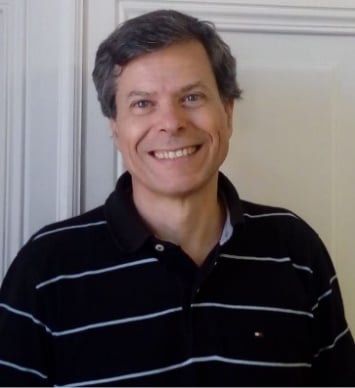
Journal Menu
► ▼ Journal Menu-
- Materials Home
- Aims & Scope
- Editorial Board
- Reviewer Board
- Topical Advisory Panel
- Instructions for Authors
- Special Issues
- Topics
- Sections & Collections
- Article Processing Charge
- Indexing & Archiving
- Editor’s Choice Articles
- Most Cited & Viewed
- Journal Statistics
- Journal History
- Journal Awards
- Society Collaborations
- Conferences
- Editorial Office
Journal Browser
► ▼ Journal BrowserNeed Help?
Announcements
8 March 2024
Interview with Dr. Claudio Testani—Winner of the Materials 2023 Outstanding Reviewer Award

Dr. Claudio Testani, after his master’s in structural aerospace engineering, was awarded his Ph.D. in material engineering from the University of Rome TorVergata, Italy, in 2006 under the supervision of Prof. Montanari. He holds a habilitation in metallurgy and is a member of the Ph.D. industrial engineering scientific board of TorVergata University. For over 26 years, he has worked in the Centro Sviluppo Materiali SpA, the main Italian Research Centre for metallurgy and related processes. In 2015, he took on the responsibility of Research and Development of an Italian SME, working in aerospace metallic manufacturing. Finally, in 2017, he returned to research as a technical director of CALEF, a public–private research consortium. Furthermore, he is an expert team member of the Italian Agency for the Promotion of European Research (APRE) for Cluster 4 in the Horizon Europe Programme.
His research field comprises the development of ODS structural steels, titanium and aluminium technologies and characterisations, and Ti-metal matrix composite materials. He is an active reviewer and is the author of eight international patents. He invented the hot radial pressing process for divertors in collaboration with ENEA, published more than 100 papers in international journals, has an h-index of 15, and has given numerous oral presentations and invited talks at international conferences.
Interests: titanium and aluminium alloys; ODS steels; powder metallurgy; additive manufacturing; relaxation, fatigue, and creep; characterisation of metals; rolling; extrusion superplastic forging and HIP processes
We hope you enjoy this interview with Dr. Claudio Testani.
1. Could you give a brief introduction of yourself for our readers?
As I mentioned in my biographical statement, I’m currently focused on both managing research projects and supporting industries looking for opportunities in the Horizon Europe Cluster4 programme. I also really enjoy teaching light alloys at the Ph.D. school of TorVergata University.
2. What is your current research area and why did you choose this research field?
I am currently working on special materials for extreme environments, such as structural ODS steels for improving creep resistance including for solar plants. My preferred field remains Ti-MMCs development with the help of additive manufacturing technologies and post-treatment cycles’ design through hot isostatic pressing; I’m working in collaboration with Dr. Barbieri of ENEA.
3. Which research topics do you think will be of particular interest to the research community in the coming years?
The need for energy saving and higher performance materials will mean materials must be lighter and stronger. Hybrid-metallic materials are obtained with even more complex manufacturing processes. Additive manufacturing will become more integrated in manufacturing processes: glass metals, intermetallics, new polymers for high temperatures, and nanostructured materials and hybrid composites.
4. What qualities do you think young scientists need?
Curiosity is a must. Then, perseverance, some adaptability for positive team working, a desire to learn, and resilience. A further factor in success is being lucky in finding a good group of colleagues with great communication and collaboration skills.
5. If you have the opportunity, will you actively apply to attend academic conferences? What do you think you can learn from participating in conferences that is different from working in a lab?
I have attended many academic conferences and even served as an active member in organizing committees. In-person participation in international conferences is a wonderful opportunity for idea exchange and network building for fostering collaboration and common research interests.
6. What do you think are the main criteria that should be taken seriously in the process of reviewing manuscripts?
First of all, be sure to have skills in the field, not only theoretically, but also with some lab experience. Then an open-minded approach is important, letting go of any bias that could cloud your judgement. The paper should be clear, with a robust methodology, and then use guidelines for a good reviewing process.




